Protecting your walls is crucial when setting up a dartboard, and that’s exactly what this guide addresses by showcasing the best methods and materials for a safe and enjoyable dart-playing experience. We’ll cover everything from essential equipment to DIY solutions, ensuring your walls remain pristine while you perfect your game.
⚠️ Still Using Pen & Paper (or a Chalkboard)?! ⚠️
Step into the future! The Dart Counter App handles all the scoring, suggests checkouts, and tracks your stats automatically. It's easier than you think!
Try the Smart Dart Counter App FREE!Ready for an upgrade? Click above!
Why Wall Protection Matters for Your Dartboard Setup
Investing in proper wall protection for your dartboard setup is paramount for several reasons. Firstly, it prevents unsightly holes and damage from errant darts. Over time, even occasional misses can lead to significant wear and tear on your walls, requiring costly repairs or repainting. Secondly, it enhances safety by reducing the risk of darts ricocheting off the wall and potentially causing injury. Finally, it contributes to a more professional and aesthetically pleasing playing environment. Think of wall protection as an essential component, just like the dartboard itself.
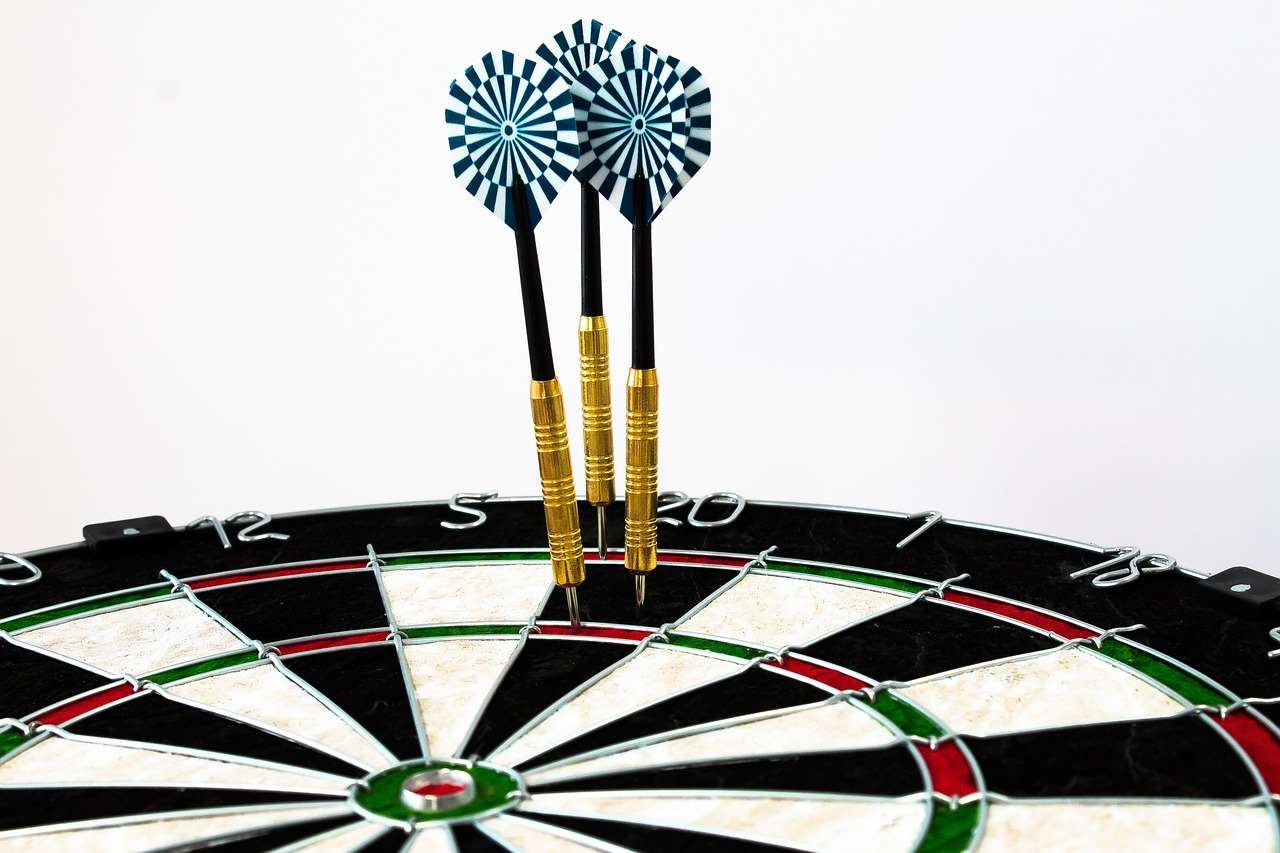
Assessing Your Darting Area
Before diving into specific wall protection methods, take a moment to assess your darting area. Consider the following factors:
- Wall Material: Is your wall drywall, plaster, wood, or another material? Different materials require different types of protection. Drywall, for example, is more easily damaged than plaster.
- Space Available: How much space do you have around the dartboard? A larger space allows for more comprehensive protection.
- Aesthetic Preferences: Do you want a solution that blends seamlessly with your décor or are you okay with a more functional, less visually appealing option?
- Budget: Wall protection solutions range from affordable DIY options to more expensive, professionally installed systems.
Answering these questions will help you determine the most appropriate and effective wall protection dartboard setup for your needs.
Essential Equipment for a Safe Wall Protection Dartboard Setup
Creating a **wall protection dartboard setup** involves more than just slapping something behind the board. Let’s explore essential equipment:
Dartboard Surrounds
Dartboard surrounds are a popular and effective way to protect your walls. These typically consist of a circular frame made from high-density foam, cork, or other impact-absorbing materials. They fit snugly around the dartboard, providing a wide area of protection for missed throws. When selecting a surround, consider these factors:
- Material: Foam surrounds are generally more affordable but may not be as durable as cork or high-density options.
- Size: Ensure the surround provides adequate coverage around the dartboard.
- Thickness: Thicker surrounds offer greater protection against stray darts.
- Aesthetics: Choose a surround that complements your dartboard and décor.
Dartboard Backboards
A dartboard backboard is a larger, rectangular piece of material that sits behind the dartboard. Backboards offer more comprehensive protection than surrounds, covering a wider area of the wall. They are typically made from wood, cork, or foam. Consider these factors when selecting a backboard:
- Size: Choose a backboard that is large enough to cover the area most frequently missed by errant darts.
- Material: Wood backboards are durable and can be painted or stained to match your décor. Cork backboards provide excellent dart penetration and self-healing properties. Foam backboards are lightweight and affordable.
- Mounting: Ensure the backboard is securely mounted to the wall using appropriate hardware.
Using a backboard can provide better coverage than a dartboard surround alone, particularly if you have novice players. You might also want to review Basic Darts Fundamentals for Beginners to help them improve their aim.
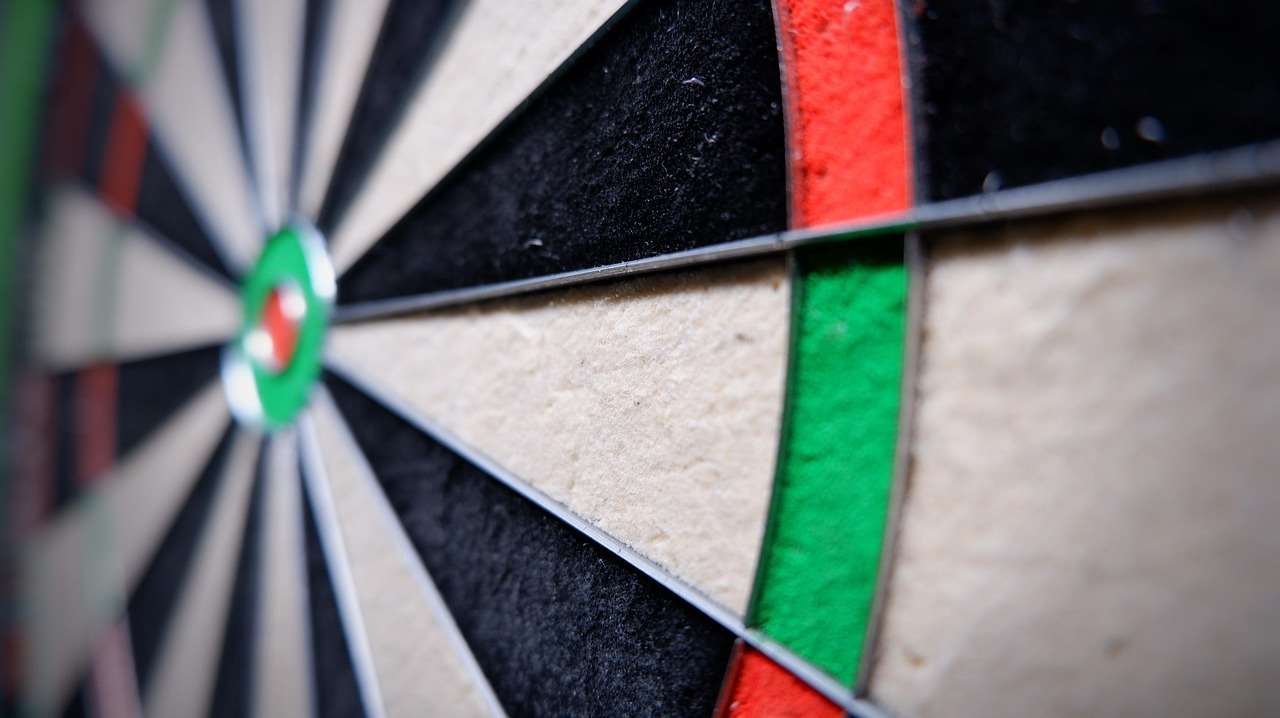
Dart Mats
While not directly related to wall protection, a dart mat can indirectly contribute to a safer playing environment. By providing a designated throwing area, a dart mat can help players maintain a consistent distance from the dartboard, reducing the likelihood of darts being thrown from awkward angles and missing the target.
DIY Wall Protection Solutions for Dartboards
If you’re looking for more affordable or custom solutions, consider these DIY approaches to creating a wall protection dartboard setup:
Corkboard Protection
Corkboard is a versatile and cost-effective material for wall protection. You can purchase large corkboard sheets and cut them to the desired size and shape. Mount the corkboard behind the dartboard using adhesive or screws. Cork offers excellent dart penetration and self-healing properties, making it a durable and long-lasting option. You could even explore Alternative darts rules for home play to adapt game formats for better control and safety in your space.
Foam Padding
Foam padding is another affordable and readily available option. You can purchase foam sheets or rolls and attach them to the wall behind the dartboard. While foam may not be as durable as cork, it provides good impact absorption and can be easily replaced if damaged. Consider using high-density foam for better protection.
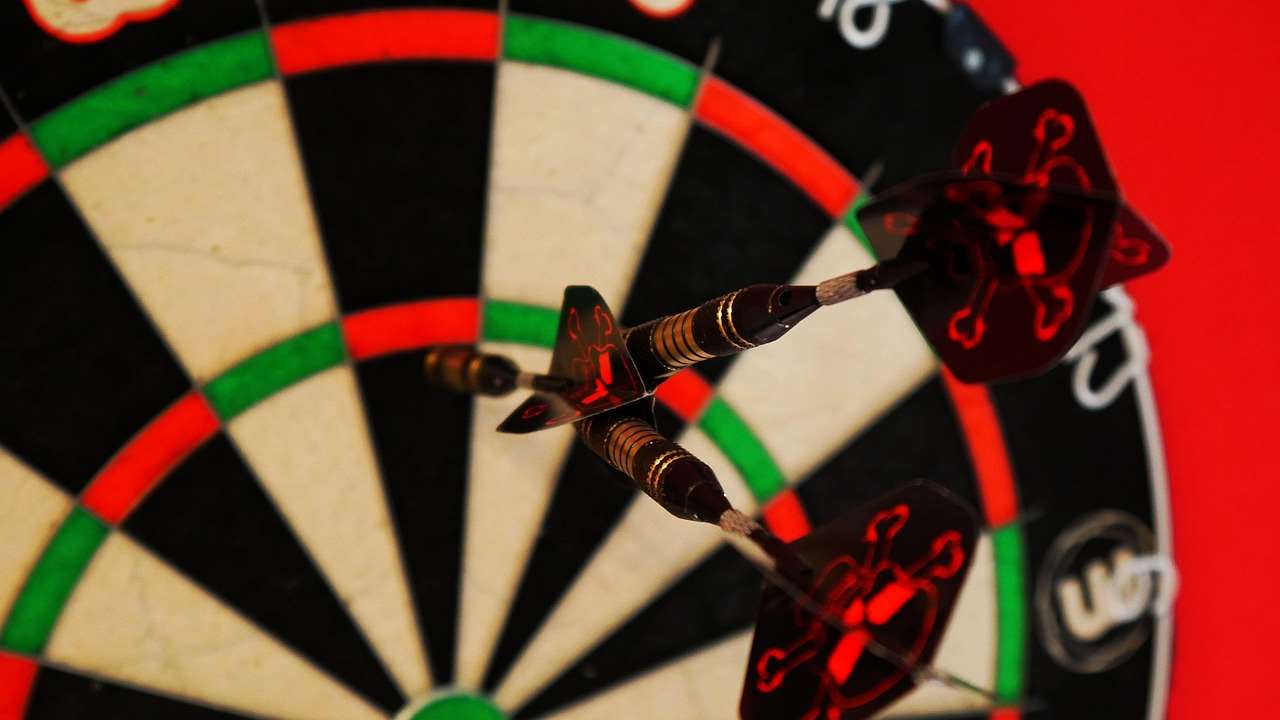
Repurposed Materials
Get creative and repurpose materials you already have on hand. Old doors, plywood sheets, or even thick blankets can be used as makeshift backboards. Just ensure the material is securely mounted and provides adequate protection.
Installing Your Wall Protection Dartboard Setup: Step-by-Step
Once you’ve chosen your wall protection method, follow these steps to ensure a secure and effective installation:
- Measure and Mark: Determine the center point of your dartboard and mark it on the wall. Use a level to ensure the mark is perfectly vertical.
- Mount the Dartboard: Install the dartboard according to the manufacturer’s instructions. Ensure it is securely attached to the wall.
- Position the Protection: Center the surround or backboard around the dartboard, ensuring it provides adequate coverage.
- Secure the Protection: Use appropriate hardware (screws, adhesive, or mounting brackets) to securely attach the surround or backboard to the wall.
- Test and Adjust: Throw a few darts to test the effectiveness of the protection. Make any necessary adjustments to ensure optimal coverage.
Maintaining Your Wall Protection Dartboard Setup
To ensure the longevity and effectiveness of your wall protection dartboard setup, follow these maintenance tips:
- Regular Inspection: Periodically inspect the surround or backboard for any signs of damage, such as holes, cracks, or loose mounting hardware.
- Cleaning: Clean the surround or backboard regularly to remove dust and debris. Use a mild detergent and a soft cloth.
- Repair or Replace: Repair any minor damage promptly. If the surround or backboard is severely damaged, replace it to maintain adequate protection.
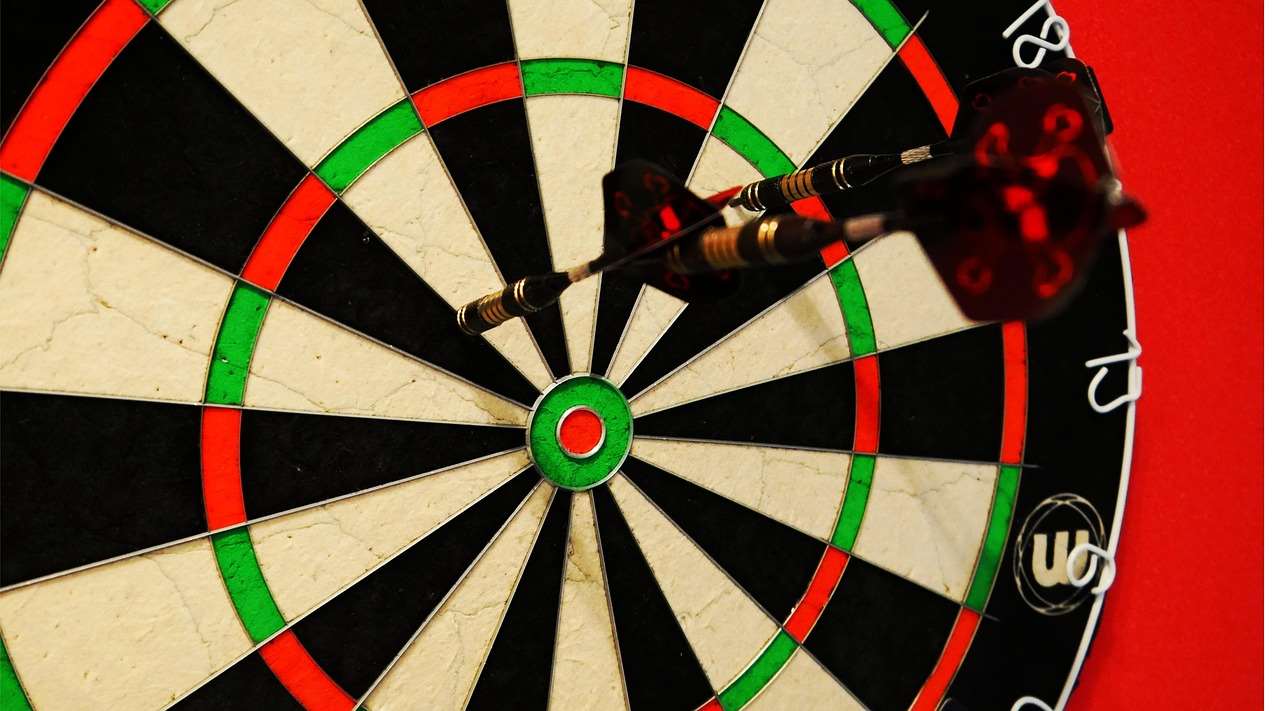
Related Considerations for Your Dartboard Area
Beyond wall protection, consider these additional factors to enhance your dart-playing experience:
Lighting
Proper lighting is essential for accurate aiming and a comfortable playing environment. Install a dartboard light or ensure adequate overhead lighting. This also helps with safety by reducing shadows.
Throw Line (Oche)
Mark a clear throw line (oche) at the correct distance from the dartboard (7 feet 9 1/4 inches for steel-tip darts). This ensures fair play and consistent throwing distance.
Scoring System
Choose a scoring system that is easy to use and understand. Options include a chalkboard, a whiteboard, or an electronic scoring device. This will speed up the game and reduce arguments.
Safety Precautions
Establish clear safety rules and guidelines to prevent accidents. Ensure that spectators stand clear of the throwing area and that children are supervised at all times.
Choosing the Right Wall Protection for Your Needs
The best wall protection dartboard setup depends on your individual needs and preferences. Consider your budget, space constraints, aesthetic preferences, and the skill level of the players. By carefully evaluating these factors, you can choose a solution that provides optimal protection and enhances your dart-playing experience. And remember, if you are playing with younger participants, maybe you could think of Adapting dart game rules for children to keep the game fun and safe.
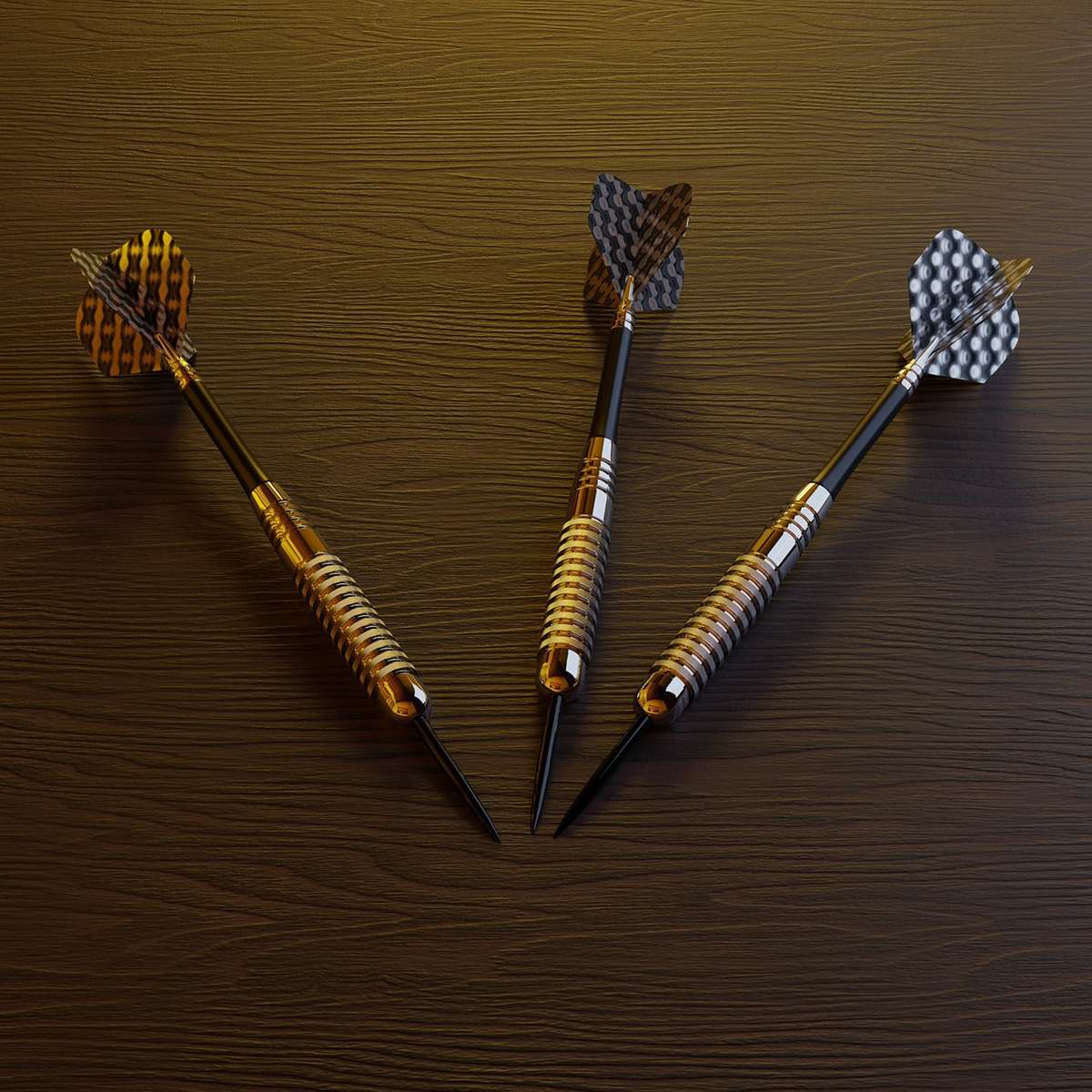
Conclusion: Protect Your Walls, Enjoy Your Game
Investing in a wall protection dartboard setup is a smart decision that will save you time, money, and frustration in the long run. Whether you opt for a commercially available surround or backboard, or a DIY solution, proper wall protection is essential for preventing damage, enhancing safety, and creating a more enjoyable playing environment. Remember to consider your specific needs and preferences, and follow the installation and maintenance tips outlined in this guide. With the right wall protection in place, you can focus on perfecting your game without worrying about damaging your walls. Now, go ahead and set up your dartboard area with confidence, knowing that your walls are well-protected! Check out our other articles on darts for more tips and tricks to improve your game!
Hi, I’m Dieter, and I created Dartcounter (Dartcounterapp.com). My motivation wasn’t being a darts expert – quite the opposite! When I first started playing, I loved the game but found keeping accurate scores and tracking stats difficult and distracting.
I figured I couldn’t be the only one struggling with this. So, I decided to build a solution: an easy-to-use application that everyone, no matter their experience level, could use to manage scoring effortlessly.
My goal for Dartcounter was simple: let the app handle the numbers – the scoring, the averages, the stats, even checkout suggestions – so players could focus purely on their throw and enjoying the game. It began as a way to solve my own beginner’s problem, and I’m thrilled it has grown into a helpful tool for the wider darts community.